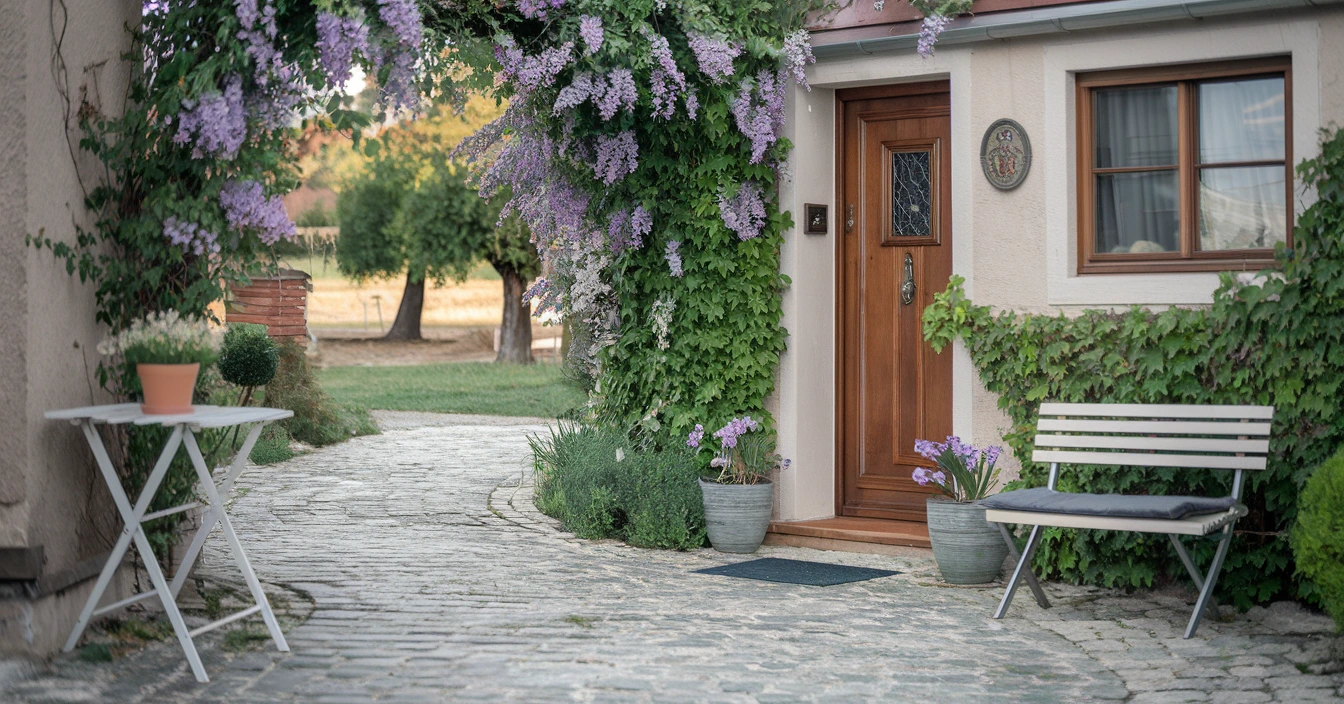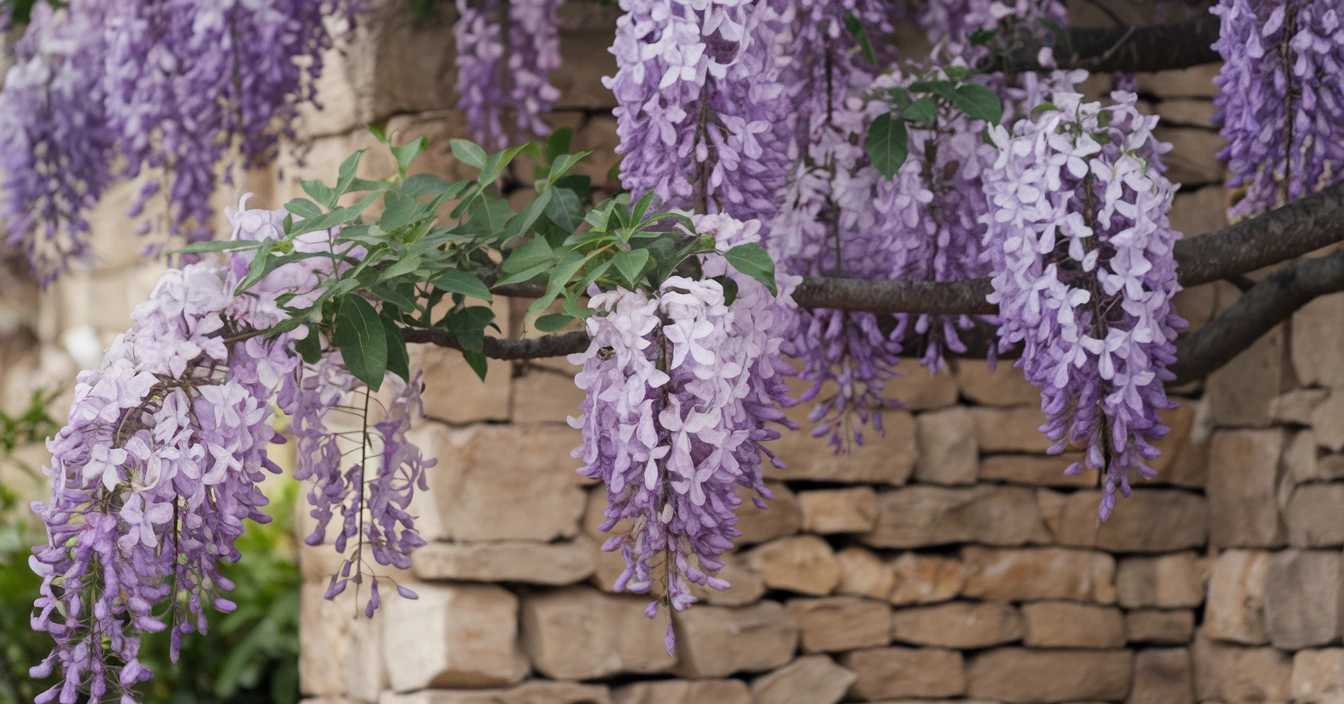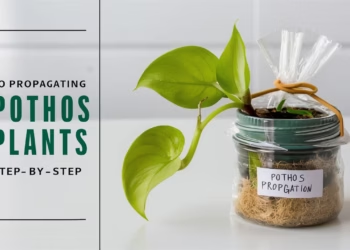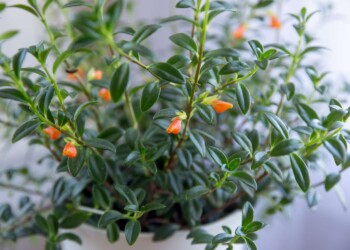Wisteria, with its cascading blooms of purple and sweet fragrance, is the epitome of a showstopper in any garden. Whether you’re a seasoned gardener or a newbie looking to add some color to your backyard, wisteria vines can take your landscape to the next level. However, like any plant that’s worth its weight in beauty, wisteria demands a bit of TLC to thrive. If you’re curious about how to grow and care for wisteria-particularly the striking purple variety-you’ve landed in the right place!
What is Wisteria?
Wisteria is a genus of climbing, twining vines that are part of the legume family. Native to Asia and parts of the U.S., wisteria is prized for its stunning racemes of fragrant, cascading flowers that appear in the spring. These vines can easily grow 30 feet or more, so it’s important to know how to manage them before planting.
There are a few main varieties of wisteria, but the most common are:
American Wisteria (Wisteria frutescens): A smaller, less aggressive variety, often used in more compact gardens.
Chinese Wisteria (Wisteria sinensis): Known for its twining stems and bluish-purple flowers.
Japanese Wisteria (Wisteria floribunda): Characterized by its longer flower clusters and slower-growing vines.
Why Purple Wisteria?
Purple wisteria, in particular, has a romantic charm that few other vines can match. The deep lavender and violet hues add a mystical vibe to your garden. Plus, purple wisteria is incredibly fragrant, filling the air with its sweet scent. With its whimsical, dreamy look, it’s perfect for anyone wanting to create a fairy-tale garden!

How to Grow Wisteria
Growing wisteria might sound intimidating at first-especially because of its size and rapid growth-but with the right approach, you’ll have these gorgeous vines thriving in no time. Here’s how to get started.
1. Choosing the Right Location
Wisteria loves sunlight! In fact, the more sun, the better. Choose a spot where the vine will get at least 6 hours of full sun each day. If your wisteria is planted in a shaded area, it might struggle to bloom, and trust me-you don’t want to miss those blooms!
- Sunlight: At least 6 hours of full sunlight.
- Soil: Well-draining soil with a slightly acidic to neutral pH.
- Space: Give it plenty of room to grow, as wisteria can easily sprawl.
2. Planting Wisteria
Planting wisteria is all about timing and soil preparation. Aim to plant wisteria in the spring or fall when the weather is milder.
Steps to plant wisteria:
- Prepare the soil: Dig a hole twice as wide as the plant’s root ball.
- Amend the soil: Add compost or organic matter to the soil for better drainage.
- Planting: Place the root ball in the hole and cover it with soil. Water thoroughly.
- Support system: Set up a sturdy trellis or pergola for the vine to climb, as wisteria needs strong support.
3. Watering Needs
Wisteria likes consistent moisture but not soggy roots. Water the plant deeply during its first year to help establish a strong root system. Once mature, wisteria becomes more drought-tolerant but will appreciate a good soaking during dry spells.
4. Fertilizing Wisteria
When it comes to fertilizer, less is more. Too much nitrogen will result in lots of leafy growth but fewer flowers (and who wants that?). Instead, use a balanced fertilizer in the spring to encourage blooms.
5. Pruning for Success
Pruning is the secret sauce to growing wisteria successfully. Without regular pruning, wisteria can become a tangled mess, and its blooms might suffer. To maintain a manageable size and maximize flowering, prune twice a year: once in late winter and again after flowering.
- Winter pruning: Cut back side shoots to 2-3 buds to shape the vine.
- Summer pruning: Trim the long, whippy growth to keep the plant in check.
How to Train Wisteria
Training wisteria properly ensures that it grows in the desired direction and covers the intended structure. Here’s how to do it:
Training on a Wall
- Fix galvanized wires horizontally along your wall or structure, spaced about 30 cm apart.
- As the plant grows, tie the main stem to the support and encourage side shoots to grow horizontally, similar to an espalier fruit tree.
Training on a Pergola
- Allow one main stem to grow up the pergola post. Once it reaches the top, encourage horizontal growth along the beams by tying in lateral shoots.
Common Problems and How to Fix Them
Wisteria is a tough plant, but it can face a few challenges. Let’s look at some common problems and how you can tackle them.
1. Why Isn’t My Wisteria Blooming?
If your wisteria is all vine and no flowers, don’t throw in the towel just yet. Lack of blooming is a common issue, especially for younger plants. Here’s why this might happen:
- Too much nitrogen: Fertilizing too often can lead to lush leaves but no blooms.
- Insufficient sunlight: Wisteria needs full sun to flower.
- Immaturity: Some wisteria varieties take 3-5 years to bloom.
Solution: Be patient, ensure it gets full sun, and prune regularly.
2. Wisteria is Taking Over! How Do I Control It?
Wisteria is a fast-growing vine, and if left unchecked, it can grow out of control. The key is regular pruning and giving it strong support. If you notice it creeping into areas you don’t want, simply cut it back.
Pro tip: Train your wisteria early on by tying young shoots to the trellis or pergola to guide its growth.
3. Pests and Diseases
Wisteria is generally pest-resistant, but aphids or scale insects can occasionally show up. Spray them off with a hose or use an insecticidal soap if the infestation is heavy. As for diseases, root rot can occur if the plant is overwatered or in poorly draining soil.

Seasonal Care Tips
Wisteria care can change slightly throughout the year, depending on the season. Here’s what you should keep in mind.
Spring
- Plant new vines.
- Prune to shape the vine.
- Fertilize lightly to encourage flowering.
Summer
- Water deeply once a week.
- Prune whippy growth to keep the vine in check.
Fall
- Watch for seed pods forming.
- Reduce watering as the plant prepares for dormancy.
Winter
- Prune heavily to control size.
- Mulch around the base to protect the roots from frost.

Growing and caring for wisteria, particularly the striking purple variety, isn’t as daunting as it seems. By planting it in the right spot, giving it a little TLC, and regularly pruning, you’ll be rewarded with breathtaking cascades of purple blooms that are sure to make your garden the envy of the neighborhood. Remember, the key to mastering wisteria care is patience, attention, and a little bit of planning.
FAQs
How long does it take for wisteria to bloom?
It can take a few years-typically 3-5 years-before wisteria vines start blooming. Be patient, prune regularly, and ensure it gets plenty of sun!
Can I grow wisteria in a pot?
Yes, you can grow wisteria in a large container, but it requires more frequent pruning and care. Make sure the pot is at least 18 inches wide and deep, and provide a sturdy support structure.
Does wisteria need a lot of water?
Wisteria needs consistent moisture, especially during its first year of growth. Once established, it can tolerate short dry spells but will thrive with regular watering.
Can I grow wisteria indoors?
Wisteria is an outdoor plant and thrives best with ample sunlight and space. It’s not well-suited for growing indoors, but you can grow it in a conservatory or greenhouse.










